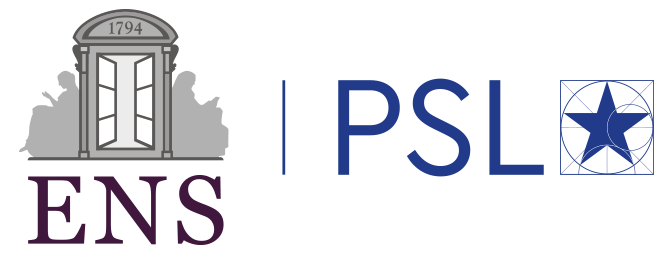Domaines
Physics of living systems
Type of internship
Expérimental Description
Directed collective cell migration is central to morphogenesis, wound healing, and cancer progression. Although the microscopic anisotropy of the microenvironment (mostly extracellular matrix) has been shown to guide this migration in vivo, its quantitative impact on cell collective motion remains unexplored. In a previous work, we have shown that subcellular microgrooves elicit a polar mode of collective migration in bidirectional “lanes”, whose widths reach hundreds of micrometers. This directed form of flocking is explained by a hydrodynamic theory of active polar fluids and corresponding numerical simulations.
Interestingly, the velocity does not vary within a given lane and the boundary between two antiparallel lanes is smaller than a cell size, meaning that the shear experienced by the cells at these boundaries is very large.
In the present project, we propose to take advantage of this mode of migration to directly measure the friction between cells of the same type. We will first monitor the velocities of the cells in this laning phenomenon as the lanes reconfigure, and use dedicated microfabricated setups for better control and force measurement. Eventually, such experiments may allow measuring friction between different cell types, or between a monolayer and a wall bearing various moieties (adhesive, non-adhesive …).
Contact
Pascal Silberzan
